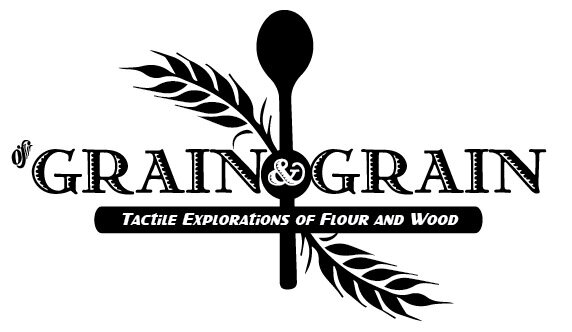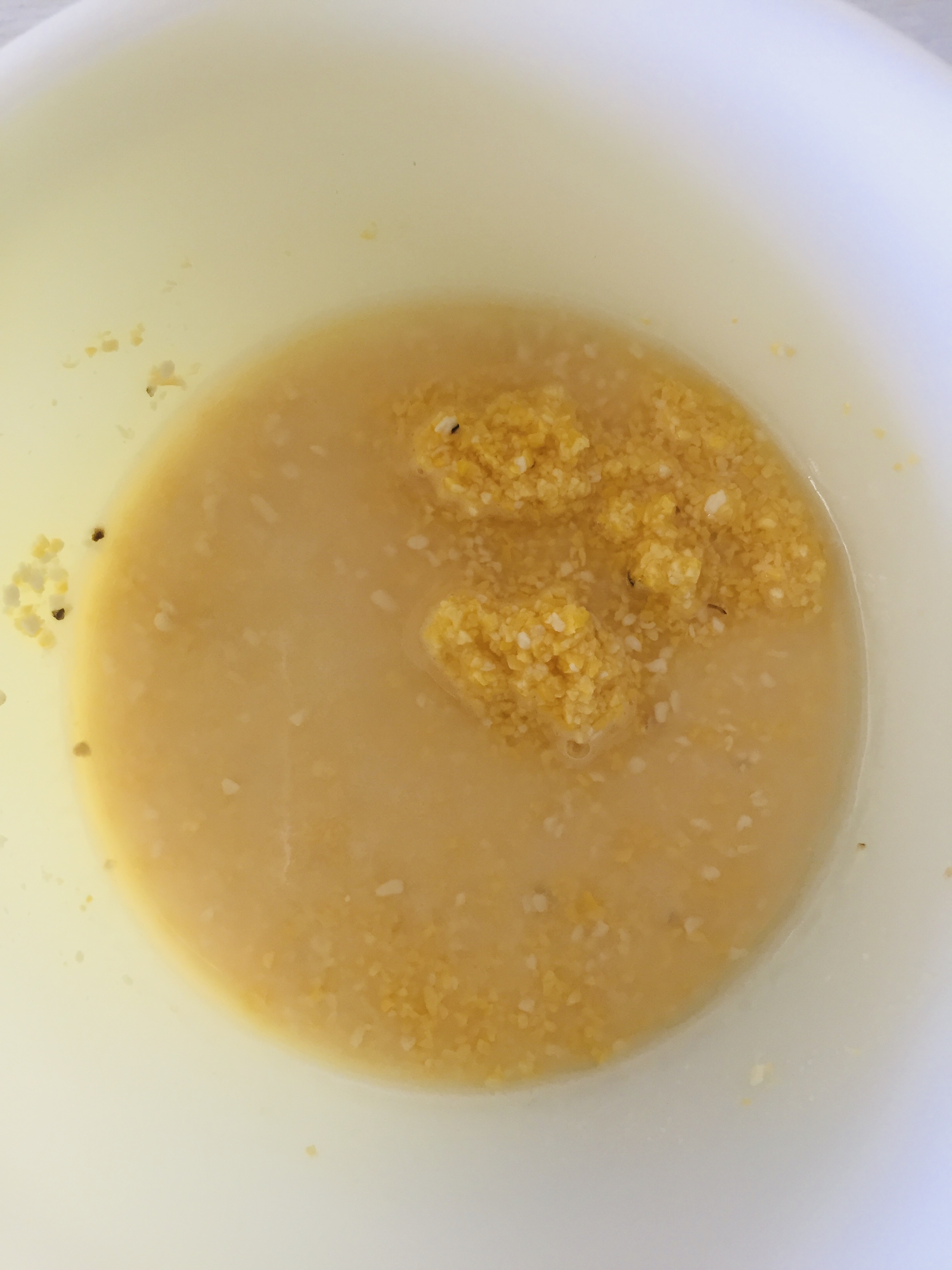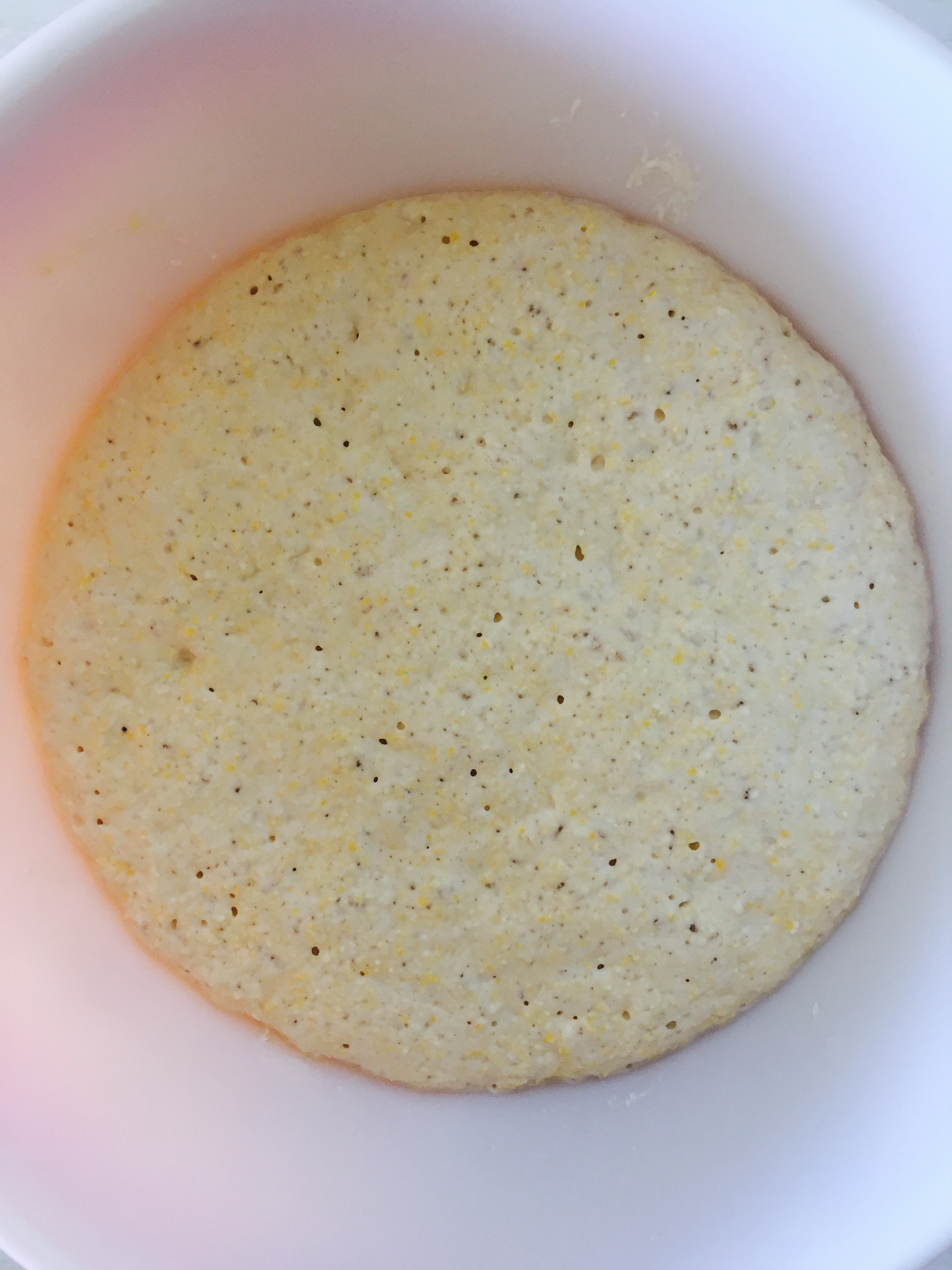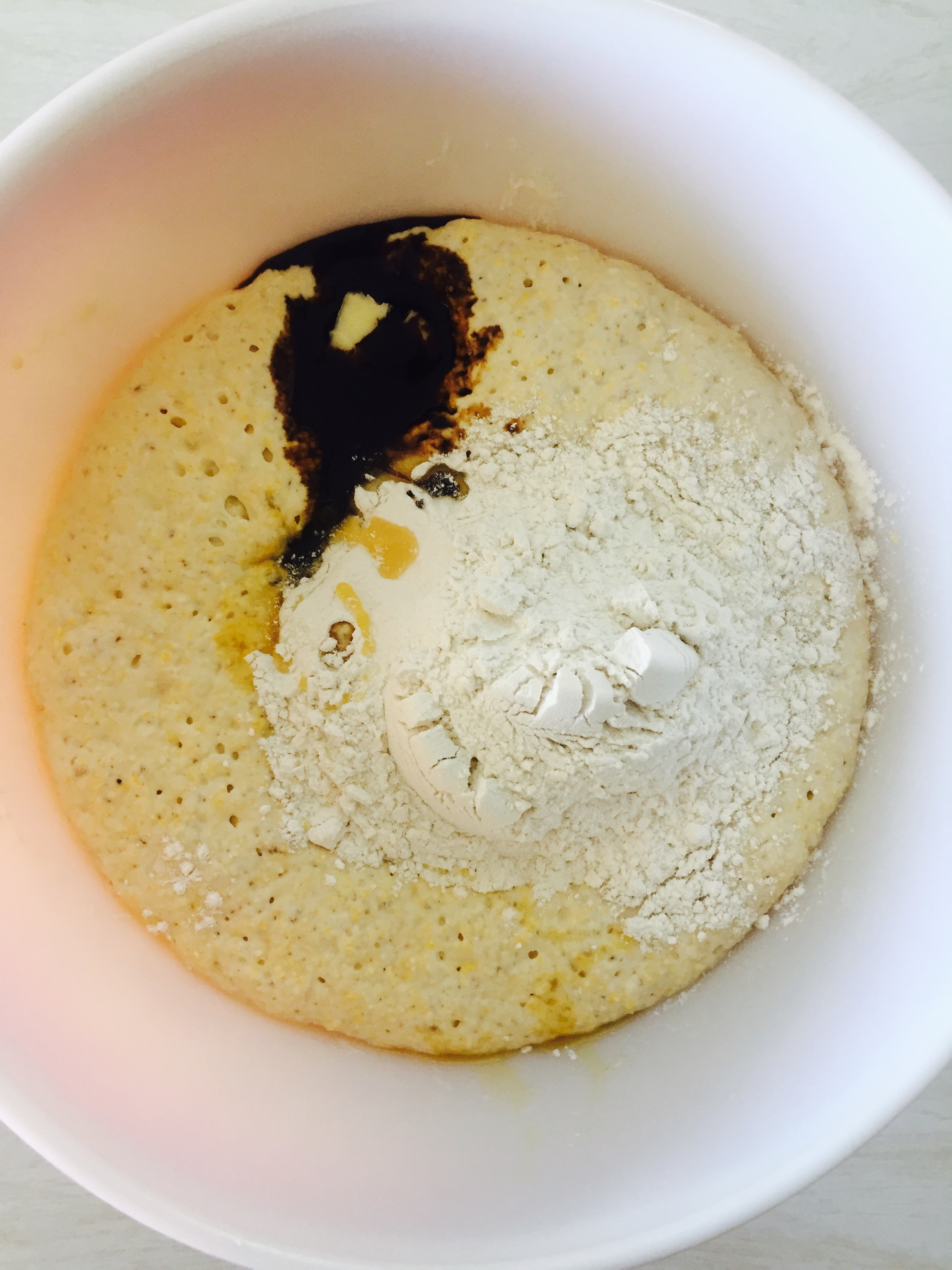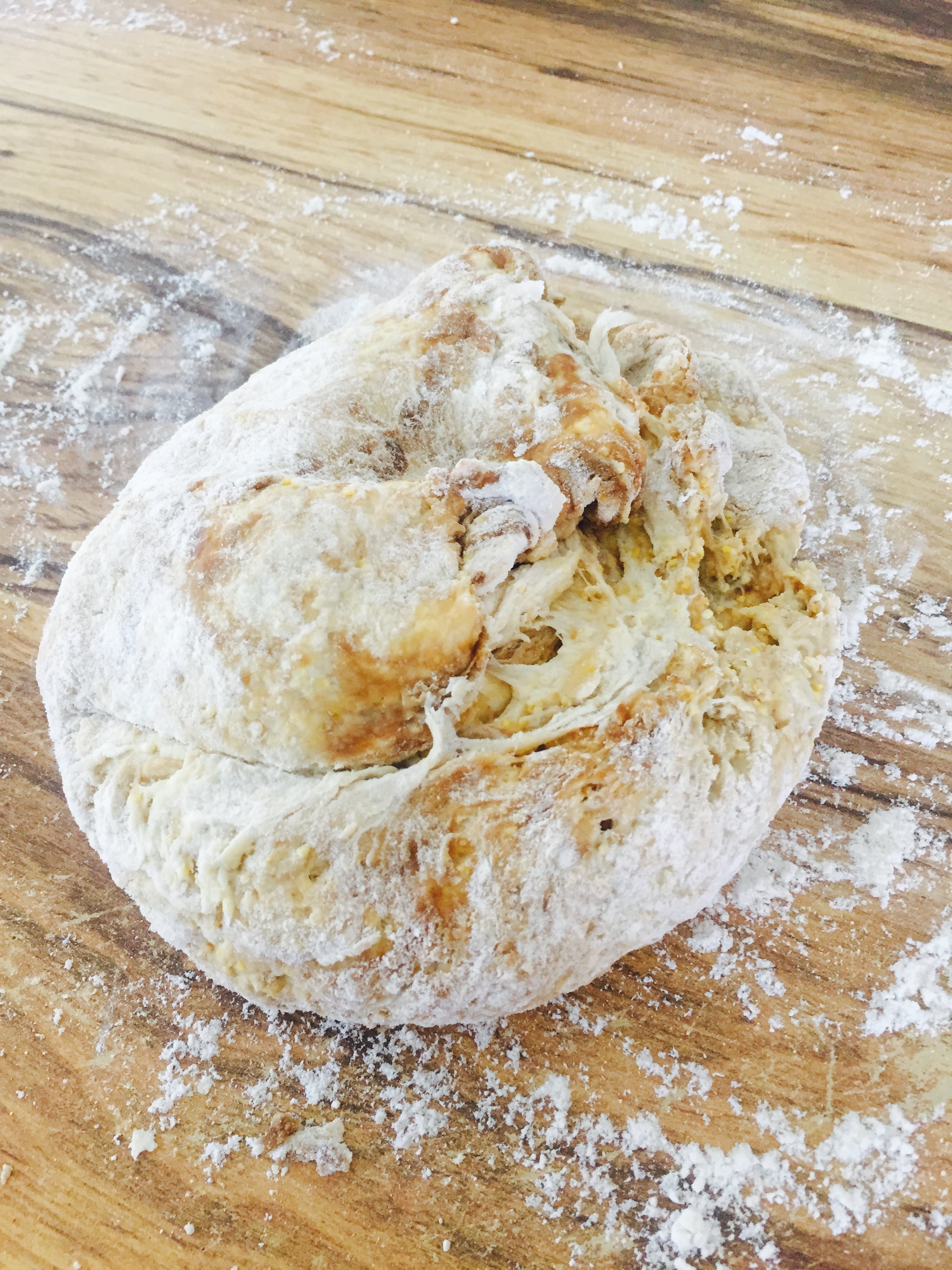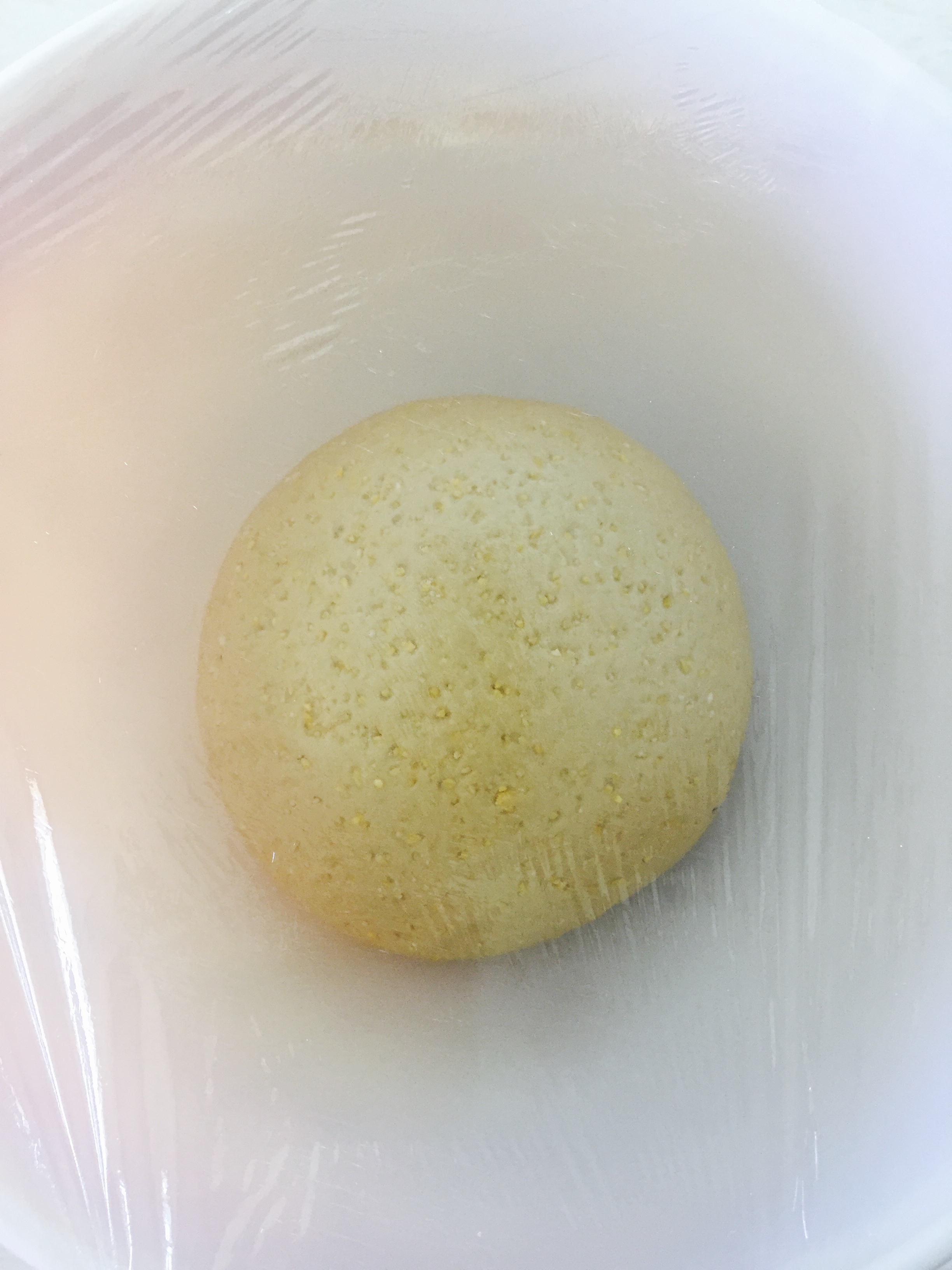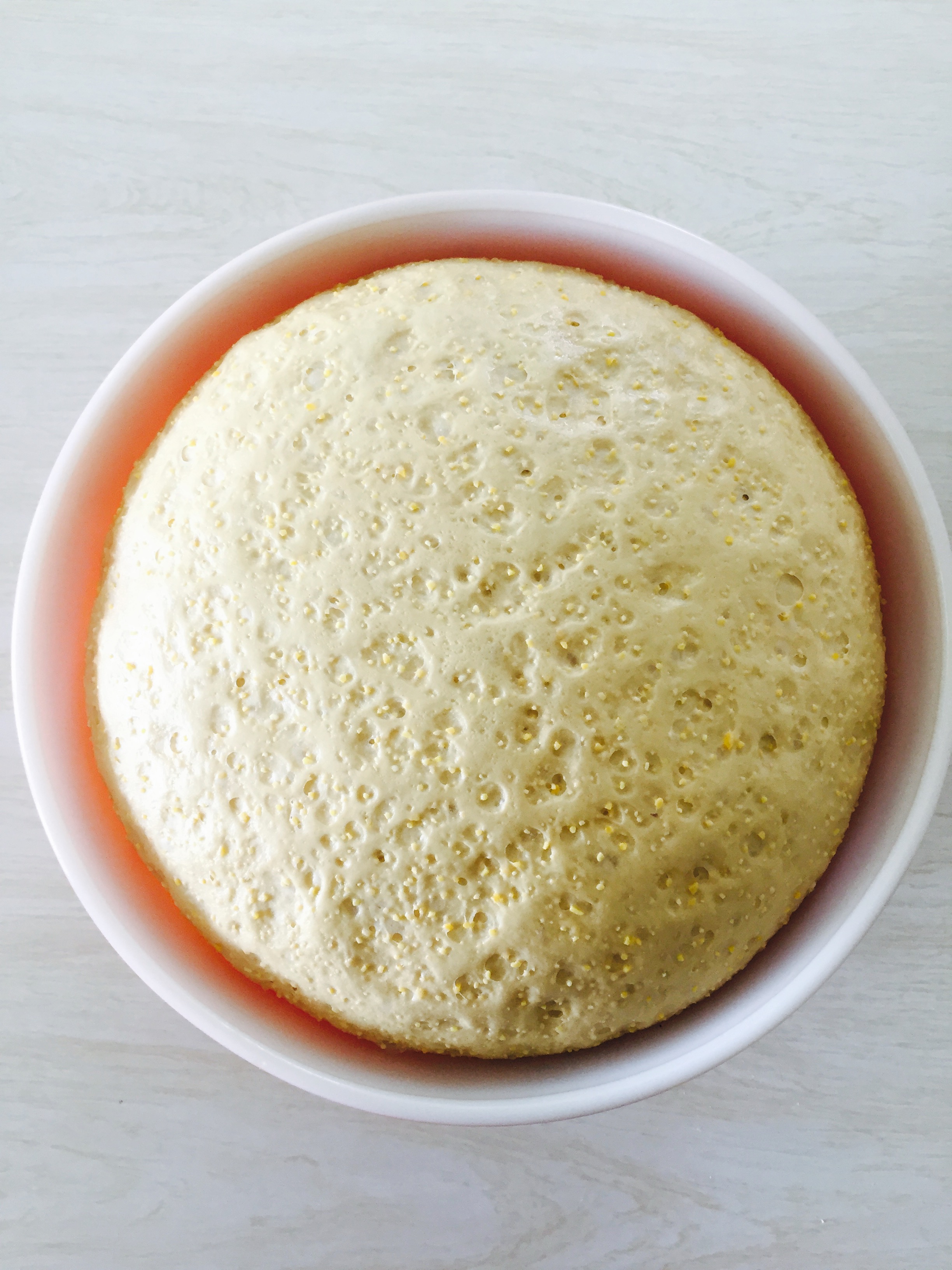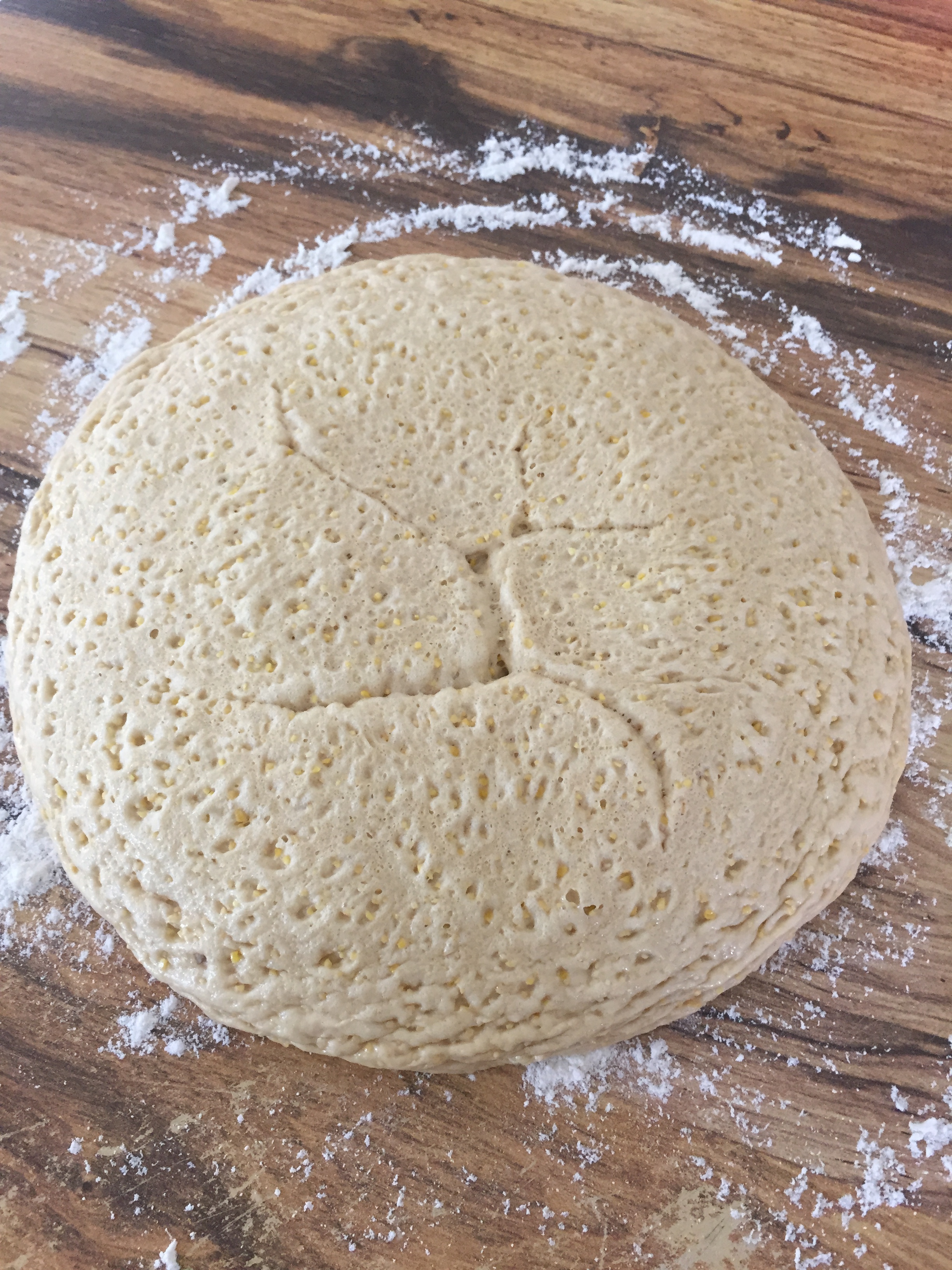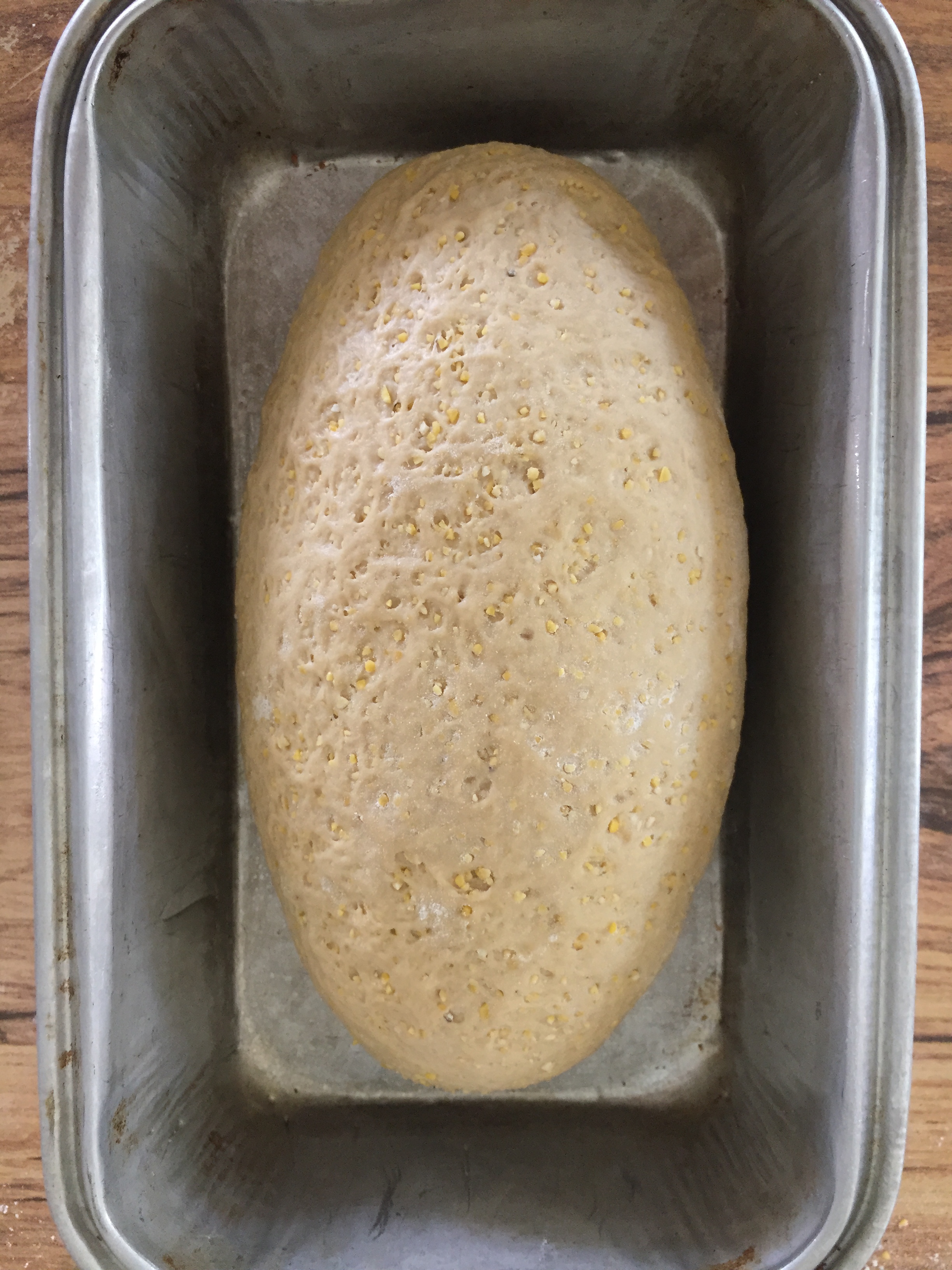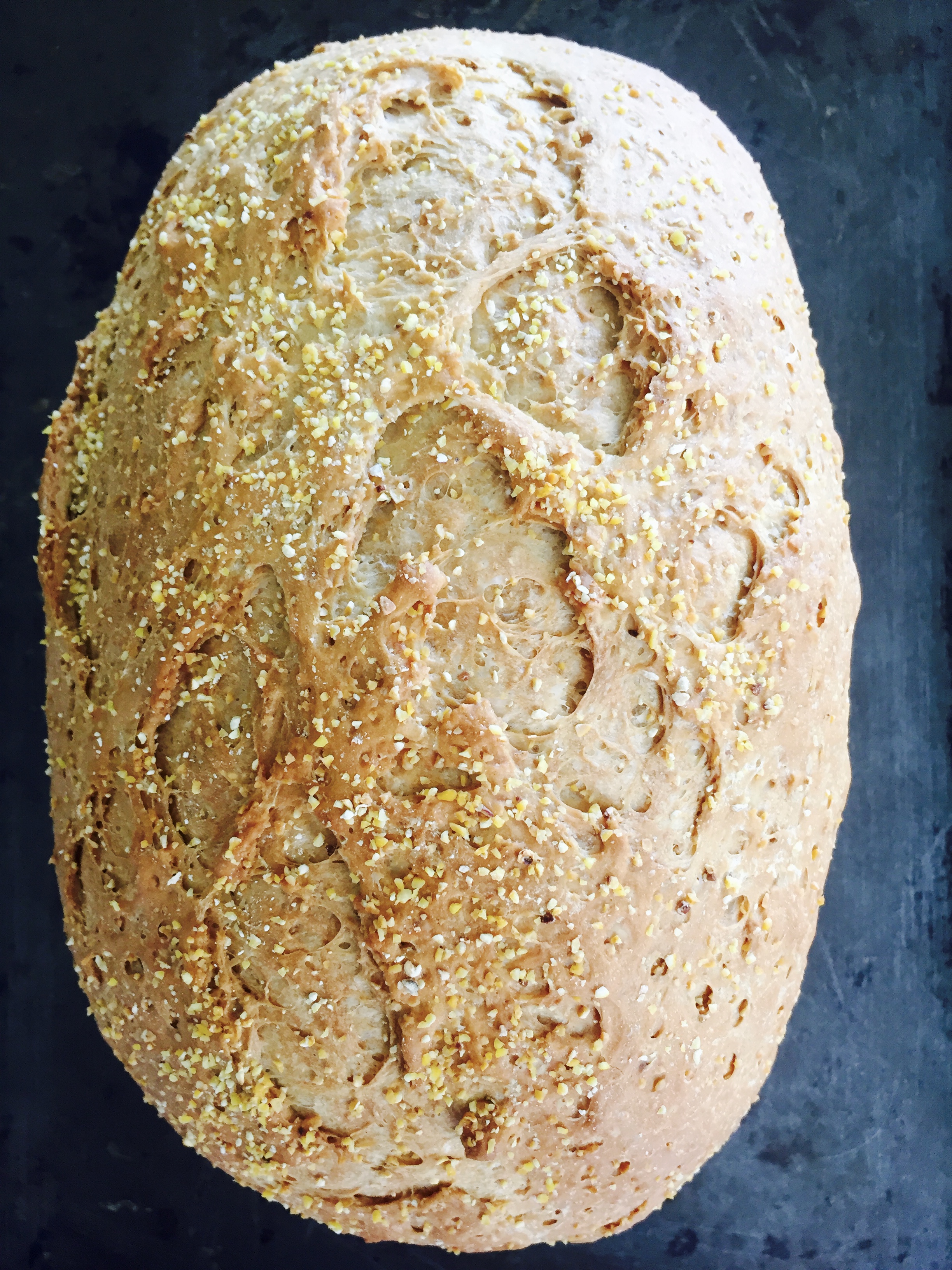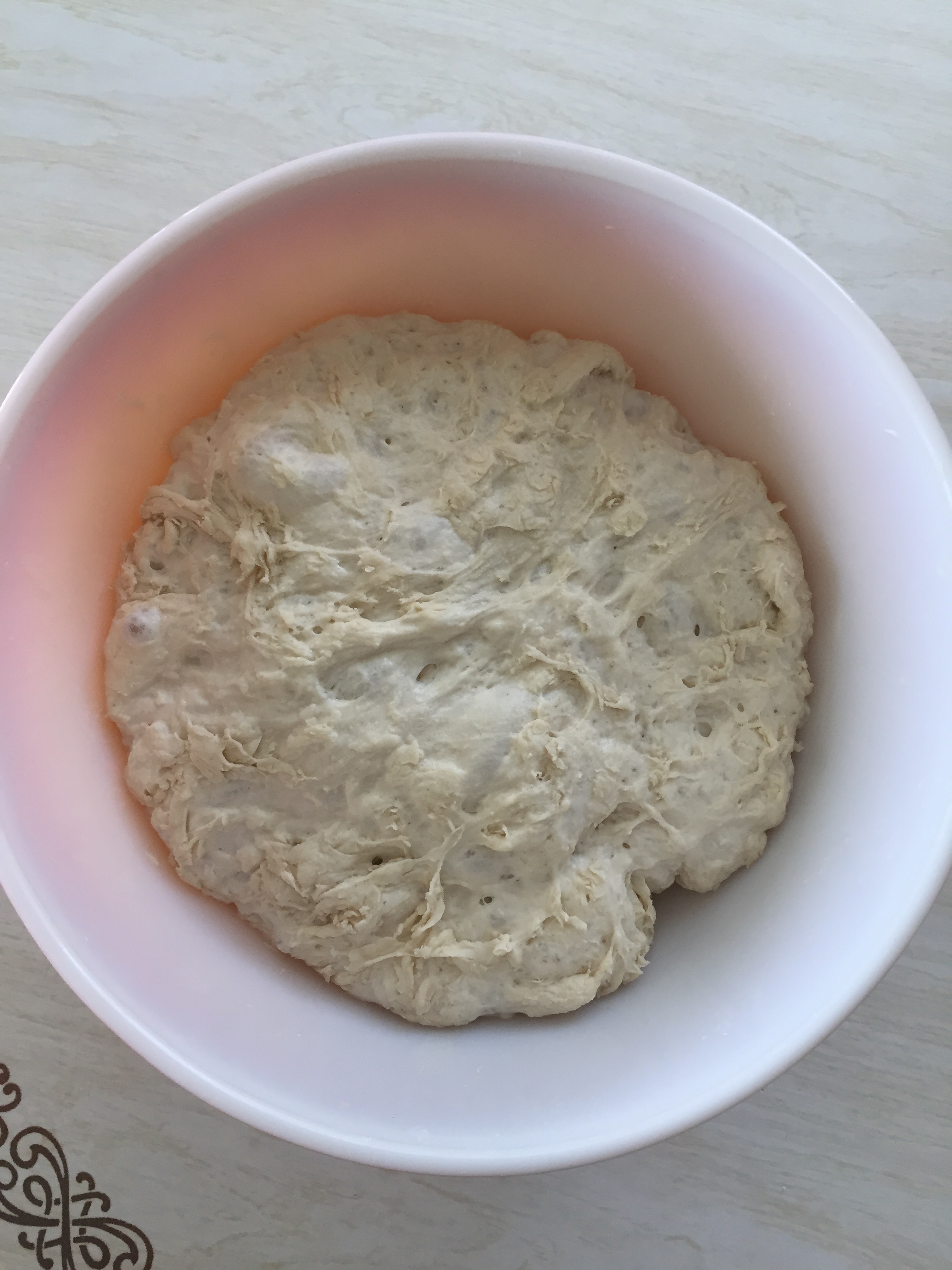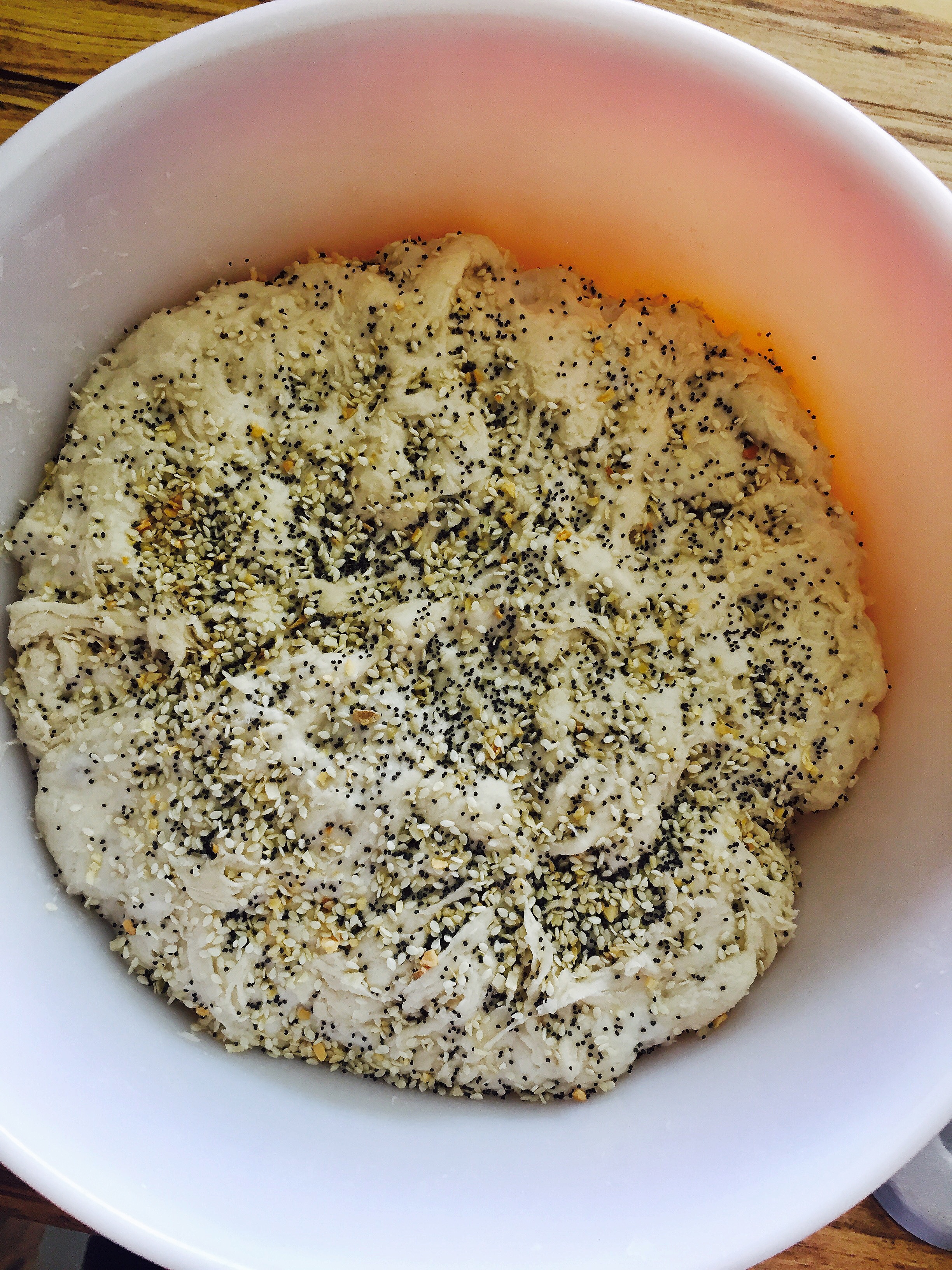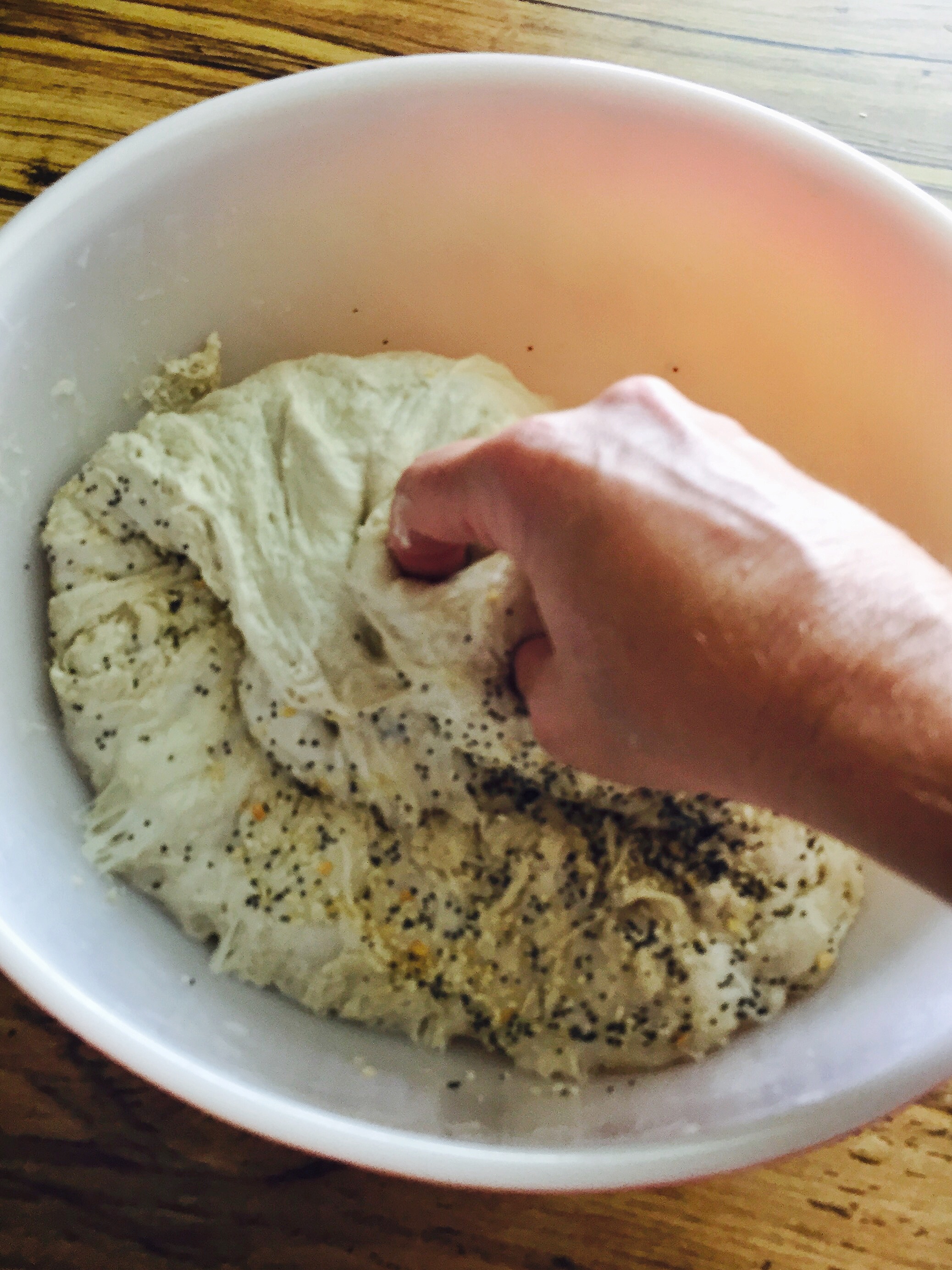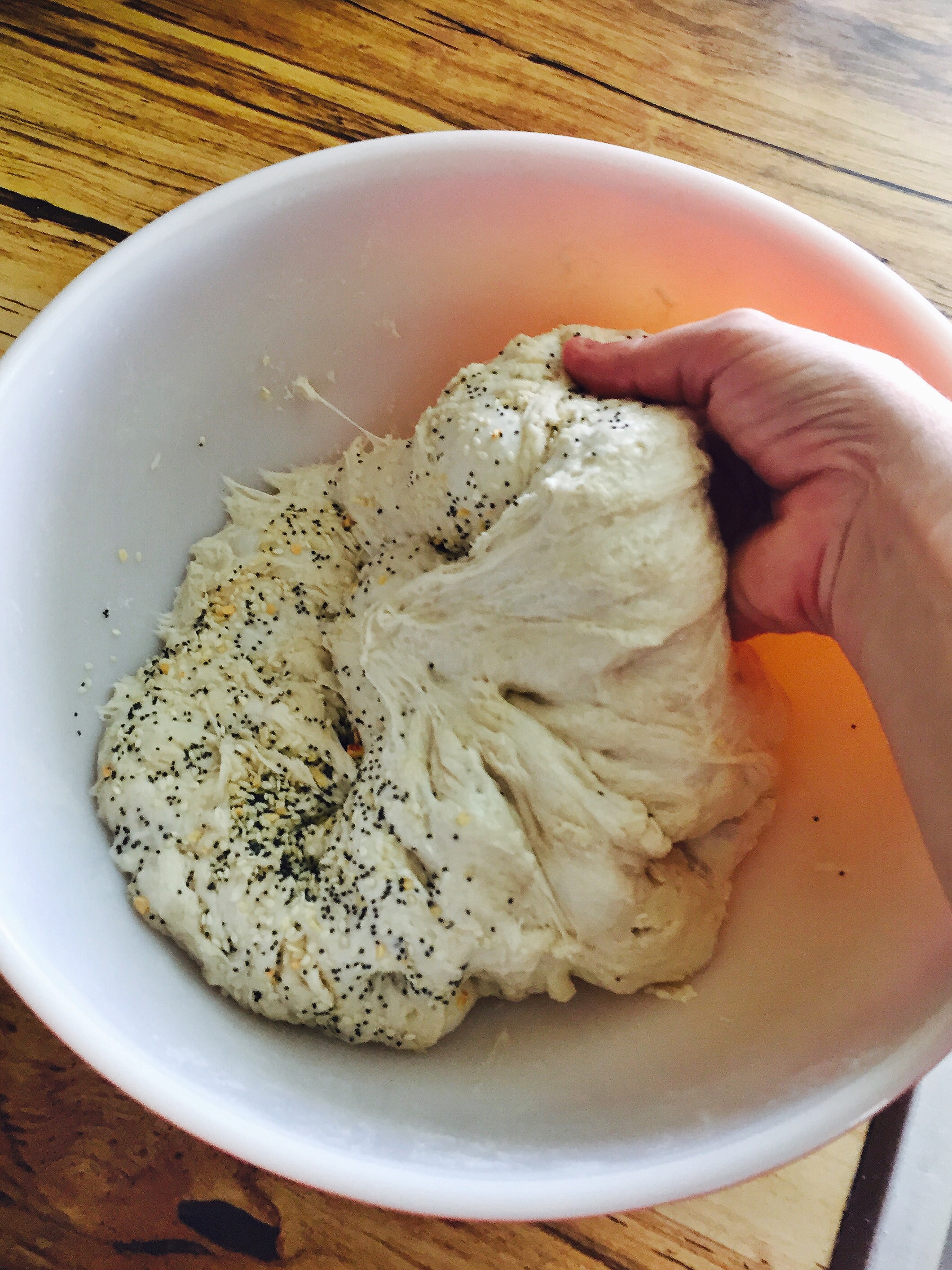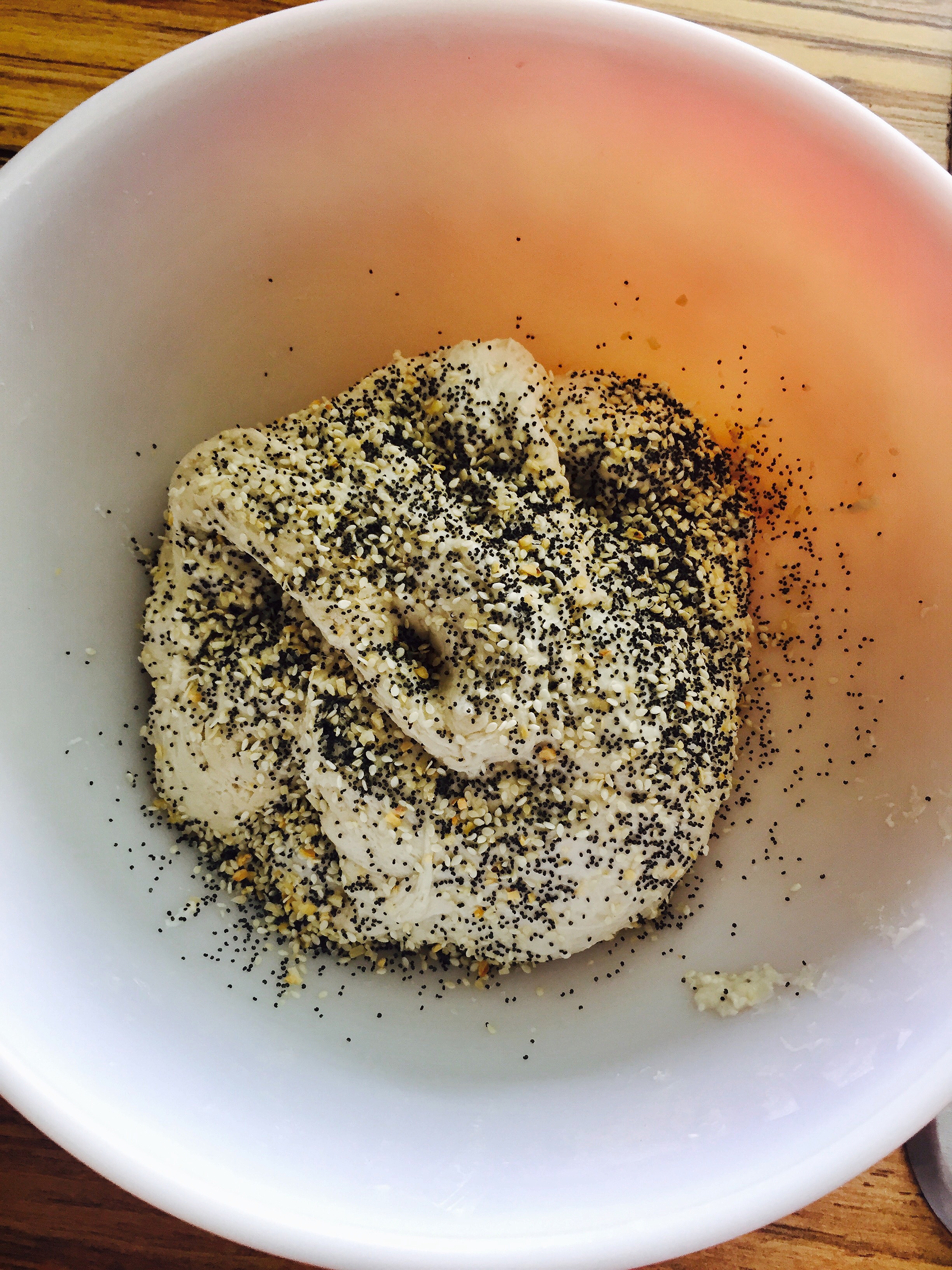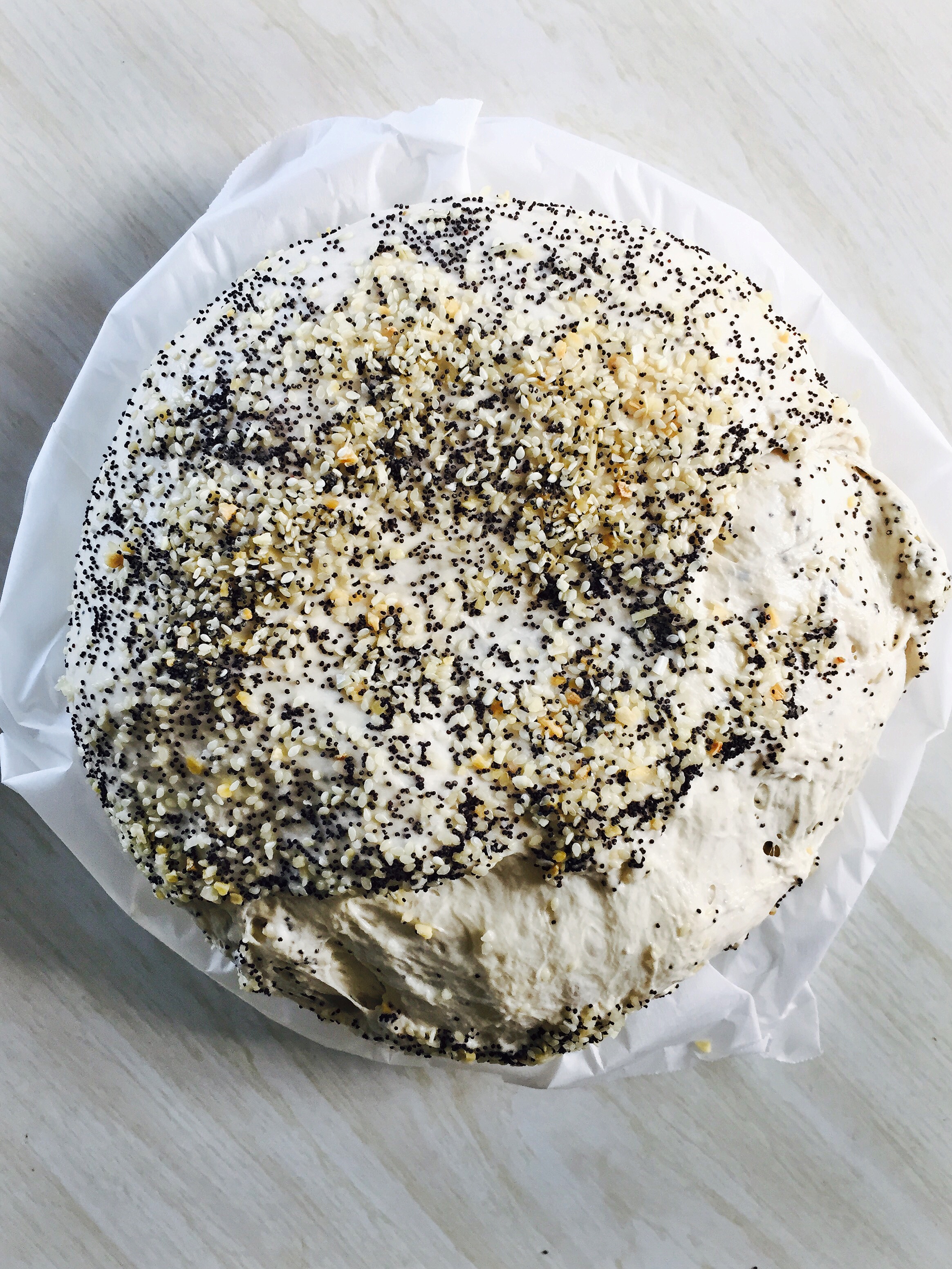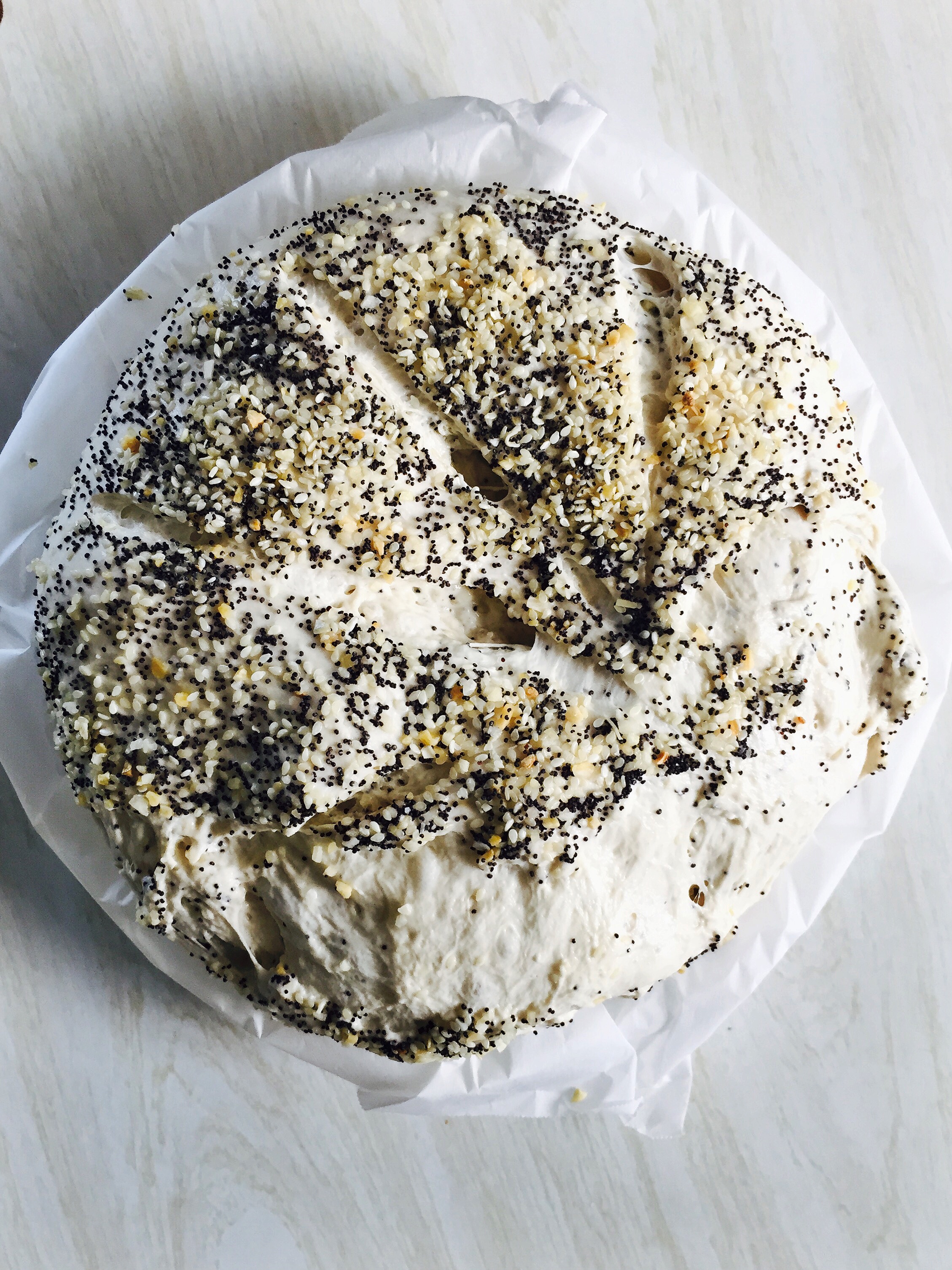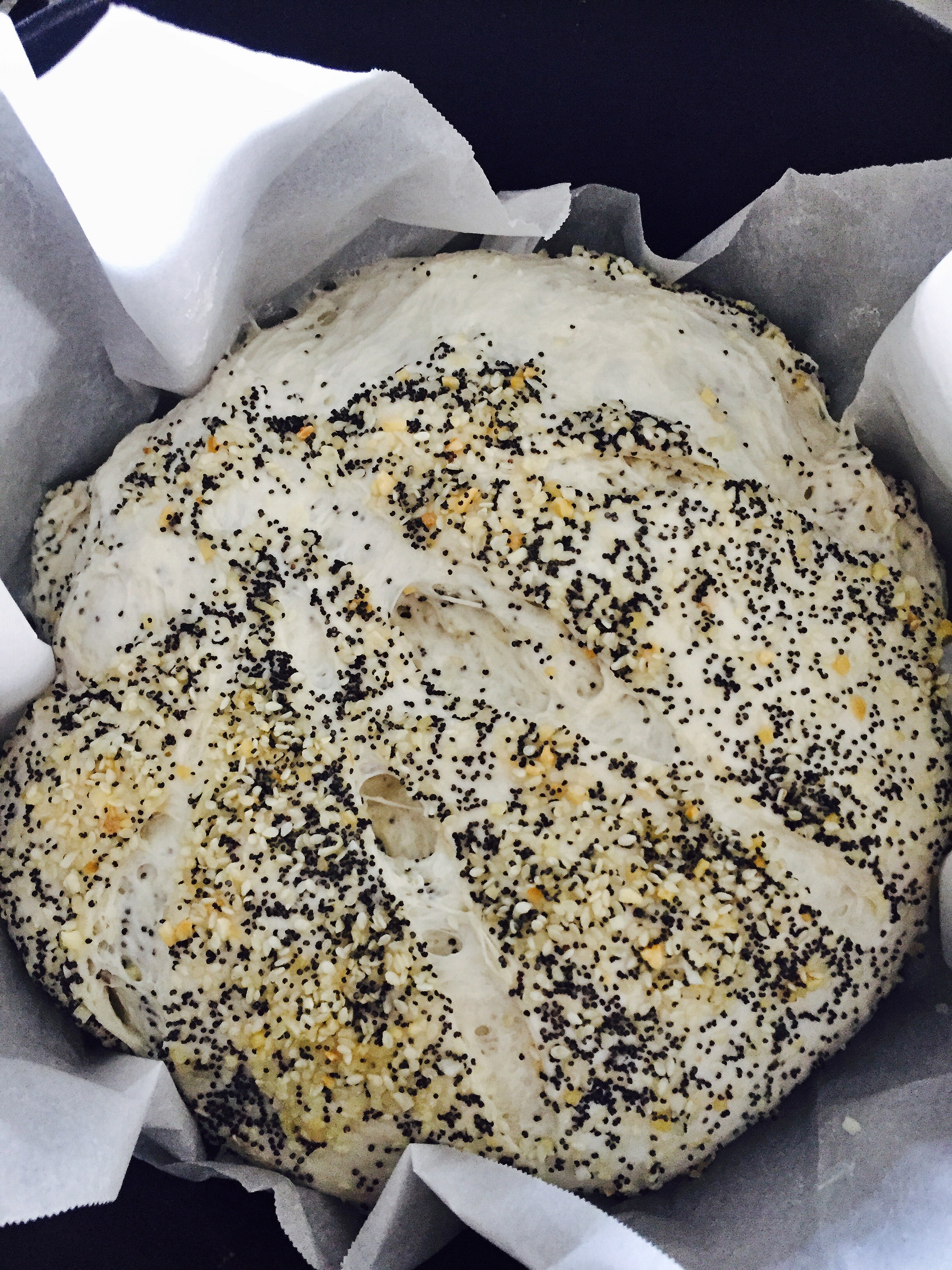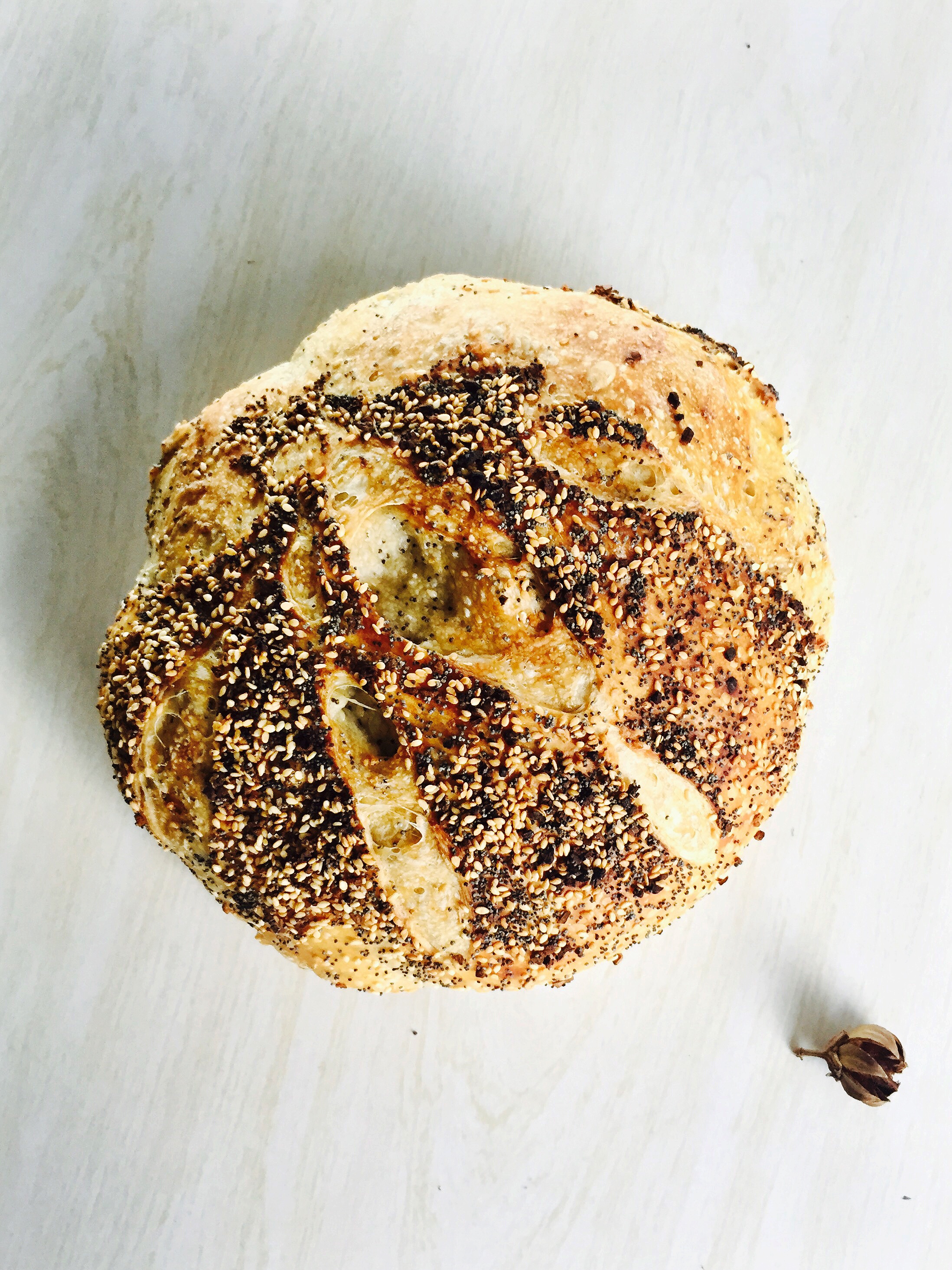For the April 2019 Full Moon bread I can’t think of anything more appropriate than recipe that includes seeds. We are officially in the season of Spring and maintaining with that earthy alignment, seeds seem like a must! Now is the time of year we get back to our gardens and nurture beginnings. No matter if you are embarking on a new phase of life (hashtag me) or a legit garden landscape, seeds are the homies of the season. And if you are someone that wants to adopt a homemade bread practice, well my friend… you have joined at the right time!
Baking culture has unfortunately intimidated the newbies, keeping many would be bread bakers away from the craft. All the more reason for you to hike up your sleeves and shove that elitism right back to were it came from. Anyone with an oven can bake bread and as I explained in last month’s post, basic bread baking is accessible to all. Don’t fear the mess! That’s the meditation of having a bread practice. When you allow yourself to delve into the tactile art of dough, you forfeit your control and learn to work with what’s at hand. Literally. Cause this stuff will stick to your hands until you connect the relationship between wet and dry ingredients. Think back to your childhood when making mud patties where all the rage. Those were fun times until our parent got their say. Well, bread making is mud patty version for adulting. Age has most likely moved us away from play but according to research, play is an important part of development. And since we never truly stop developing, play should not be exclusive to children. If anything, we grown-ups need more exploratory activities to challenge ours brains and remind us that there is more to the world than what we currently know. And the more we learn to engage with the world around us, the better we feel navigating foreign territory. Longs story short, bread yo! Consider it a playground for curiosity that produces better and better results as you gain familiarity.
So, back to the seeds… Aside from the obvious spring seeds blah, blah, this recipe will get your hands into the mix with the chance to really feel your way through the process. Like, really feel the dough and connect with that wet/dry relationship so that the concept starts to click. I’m also going to walk you through an overnight rise so you can familiarize yourself with the convenience of making bread on your own clock. Speaking of clocks, this is the part where I remind you that you do not need to bake bread on the Full Moon. The point of the club is to make a bread this moon cycle and call all your peops over for some sharing. You gotta make bread in order to break bread and whether you see this as a religious/Eucharist offering or just a standard good time among friends, we have reached a point in which opportunities for togetherness are few and far between, so lets make some bread. It doesn’t have to be this one. It doesn’t even have to be good. The point is you yourself are giving reason to gather and from there we can embark on strengthening our relationships and build better communities. Lofty goal? Sure. But we gotta figure out way to push back again all the hate and as Brene Brown says in her book Braving The Wilderness, “People are hard to hate close-up. Move in.” Granted, that is often easier said than done but that’s why you start with friends and create a reason to gather. Bread is the impetus. It’s the commonality amid our diversity and a chance to find connection with a stranger. Baby steps my friends… Just play around with the new… Just plant a seed and I promise you that growth will follow.
